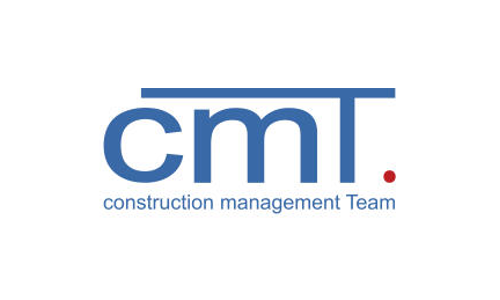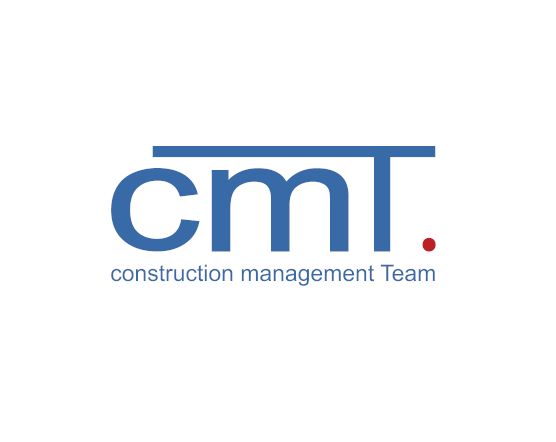
By Grzegorz Jakubowski, ESG & sustainability consultant at cmT

Regulation (EU) 2020/852 of the European Parliament and of the Council of 18 June 2020 on the establishment of a framework to facilitate sustainable investment, also known as the Taxonomy, has been in effect in EU member states for more than two years.
According to the legislator’s intention, for a business activity to be described as ‘environmentally sustainable’, it should meet all of the following criteria:
- make a significant contribution to at least one of the environmental objectives set out in Article 9 of the indicated regulation,
- not do significant harm (DNSH) to any of the other environmental objectives,
- be carried out in line with the minimum guarantees set out in Article 18 of the Regulation,
- meet the technical qualification criteria to be set out by the European Commission in separate delegated acts to the indicated regulation.
These criteria are well known to all interested participants of the market, nevertheless, from cmT’s observations, it appears that companies operating in real estate and construction business face problems in applying them in practice.
Challenges for the real estate and construction market
The first challenge is to correctly select the environmental objective for which a given entity will make a significant contribution. The second is the correct interpretation of the technical qualification criteria that must be analysed to answer the question as to whether or not an economic activity meets or doesn’t meet the technical qualification criteria indicated and set out by the European Commission.
The evaluation of technical qualification criteria remains in the focus of cmT’s engineers. Since cmT is a well-established consulting company with many international real estate clients, we receive more and more inquiries regarding the evaluation of their facilities for compliance with technical qualification criteria. This happens in three situations: property acquisition, new construction and renovation of existing buildings.
The European Commission is behind schedule in setting technical qualification criteria, and the relevant delegated acts with an indication of qualification criteria have so far been developed only for the first two environmental objectives – climate change mitigation and climate change adaptation. In practice, this does not allow for the free choice of an environmental objective by entities that need to evaluate their business activities as environmentally sustainable.
- Our clients therefore face significant dilemmas:
which environmental objective should they choose? - for which objective (mitigation or adaptation) should they demonstrate and document activities described as making a significant contribution to achieving measurable benefits?
The decision is made by the clients; it is their sole prerogative. However, it is our responsibility as a consulting company to point out the most favourable choice. Despite appearances, the initial assessment of building properties as to whether it complies with the EU taxonomy’s technical qualification criteria isn’t overly demanding, being based largely on the building’s energy performance.
Energy performance of buildings
The projected energy performance of new buildings or the energy performance certificate of existing buildings are studies that already answer the question at the outset – does the assessed building meet (or does it not meet) the technical eligibility criteria with respect to making a significant contribution and with respect to the DNSH principle relative to the objectives of the others?
Let’s analyse the ‘climate change mitigation’ goal in the context of construction and real estate.
In order for a newly designed or constructed building to be considered as making a significant contribution to climate change mitigation, in addition to positively fulfilling other technical qualification criteria, its primary energy demand (which determines the energy performance of the building) should be at least 10% less than the threshold specified for the requirements for a near-zero energy building.
For the renovation of an existing building to be considered as making a significant contribution to climate change mitigation, in addition to positively fulfilling other technical eligibility criteria, it should also, for example, lead to a reduction in primary energy demand (PED) of at least 30%.
Finally, to confirm that an owned or acquired existing ‘old’ building can be considered to make a significant contribution to climate change mitigation, as well as positively fulfilling other technical eligibility criteria, such a building must have an energy performance certificate of at least Class A.
For the second environmental goal, climate-change adaptation, these qualification criteria related to the energy performance of buildings are more lenient, but are also based on an analysis of the building’s energy class and PED.
A quick analysis of a building’s energy performance is greatly important to investors bringing new buildings onto an increasingly challenging real-estate market and to potential buyers interested in expanding their asset portfolios.
Fulfilling the technical qualification criteria and, in particular, ensuring the appropriate energy performance class of buildings, translates directly into investment expenses. The conscious choice of an appropriate environmental objective, preceded by an analysis of the needs of our customers, allows cmT to point in the right direction, which at the moment is mitigation or adaptation to climate change.
On the path to climate neutrality
Within the construction and real estate sector, the EU Taxonomy is intended to identify sustainable investments and facilitate business decisions for projects that don’t meet the technical qualification criteria.
Taxonomy is the kind of tool that cmT has successfully used as a service in the technical due diligence of building properties. We give our clients a quick answer not only in terms of the technical condition of the building and building installations, but also in terms of the scale of future capital expenditures that may have to be incurred by the client when adapting an existing or designed building to the technical requirements established in the relevant acts delegated to the Taxonomy Regulation.
A plethora of existing buildings located within the borders of the EU are old buildings, constructed when their designed energy performance was set by investors at the legal minimum required at the time. Today when, in a way, the determinant of energy demand standards is the European Green Deal and climate neutrality by 2050, consulting and design services are gaining in importance, evolving from ‘correct technical standard, limited costs’ towards ‘high energy efficiency’.
The technical qualification criteria of the EU Taxonomy in the construction and real estate sector are aimed at improving the energy performance of buildings, which in the long run will result in the mitigation of climate change or sustainable adaptation to progressive climate change that is expected by all stakeholders.
About the Author
Grzegorz Jakubowski – ESG & sustainability consultant. Certified land surveyor with more than 20 years of experience. Engineer specialising in ‘Cadastre and Spatial Information Systems’. Alumnus of postgraduate studies in environmental law. Enthusiast of environmental information systems. For many years involved in the development of internal environmental due diligence standards for real estate. Responsible for the implementation of ESG strategy in cmT, ESG coordinator.




























